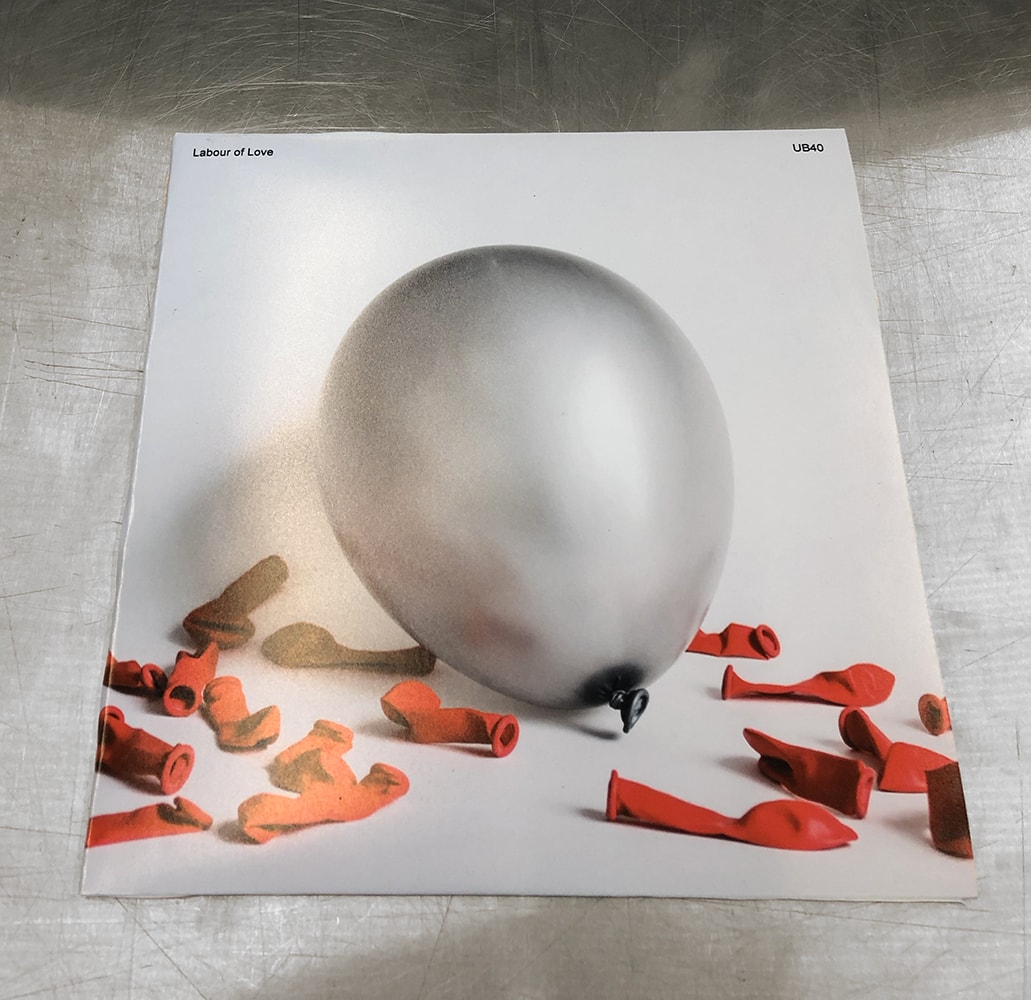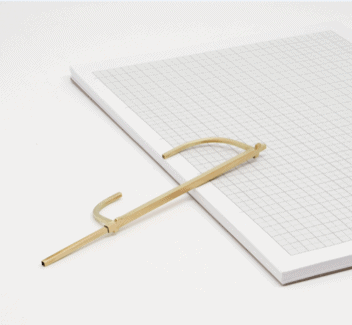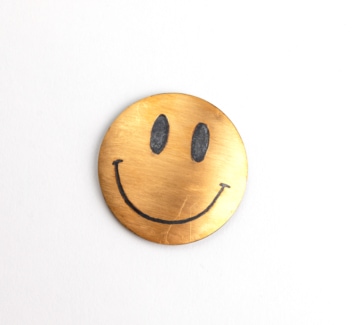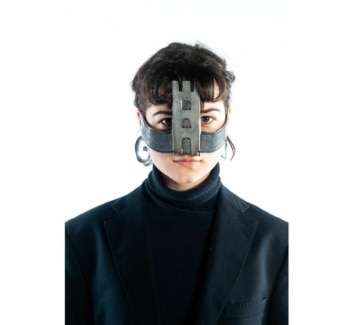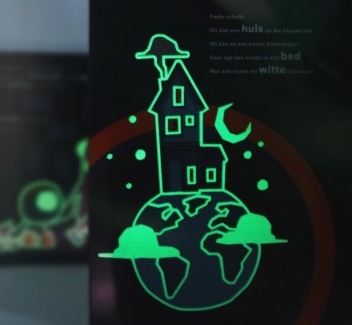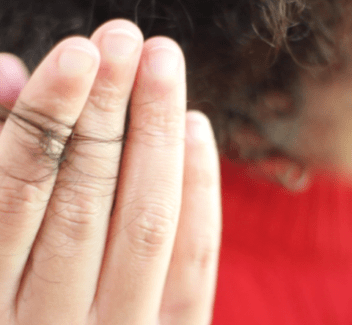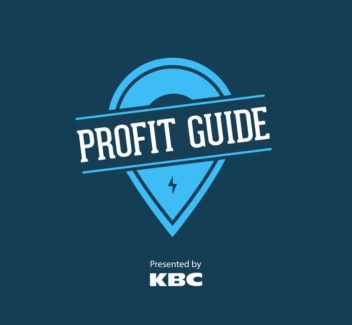
Studio communication design
Trajectory within the mayor Graphic Design
Here we train you to become a creative thinker or designer who connects brands with people. So you can soon develop that unforgettable advertising campaign or that TV spot for which everyone fast-forwards their soap.
Studio communication design
Brand and experience
Communication goes far beyond TV ads and billboards along the road. Reason for us to go further as well. We look critically at today’s communications and what it needs within five years (uh… you, of course!). In the first year, we immerse you in all aspects of the communication profession. You come up with ideas, present and develop them further via various disciplines such as typography, photography and layout.
From the second year onwards, we build further on your personal interests and you combine these strategically for the best results. If you want, we even involve external experts. A graduate who has won awards with radio advertising, for example. Or a copywriting whizz. We spare no effort in preparing you for a great career in communication. And the results can be seen: almost all of our students find a great job right after completing their programme. Now you know what to tell your parents to win them over.

Academic bachelor’s programme
In the academic bachelor’s programme, we pay a lot of attention to conceptual thinking, process-based work and documentation. This study programme also offers a general basic programme where you build up theoretical knowledge and focus strongly on reflection and critical thinking. After this three-year academic bachelor’s programme, you reach the level required to start an artistic master’s programme.

Studio-specific skills
Knowledge of human nature
To be able to communicate with people, you have to (want to) understand them properly. Empathy and target-group thinking are of prime importance here.
Strategic thinking
Which touch points and media will you use to communicate, what kind of human behaviour do you want to encourage and what will you achieve through this? You learn the tricks of strategic planning.
Visual research
You learn the basics of typography, design, illustration and photography. So that you can convert your great ideas into great work.
Digital design
Much of our communication happens online today. So we make sure that you also get a chance to experiment with banners, social media and web design.
Teamwork
In this profession, it’s best if you are a team player who is open to other visions and skills. Because you often need to work in a group.
Creating and presenting concepts
You learn how to create a story that touches or moves people. And you also learn how to sell this story. Today to your lecturer, later to your client.
Overarching courses
Manual and technological skills
This course unit consists of a package of initiations that help you at the start of your programme. For example, there are initiations in the field of software and in the workshops. In addition, you also follow a number of interesting studio-specific initiations.
Theory
Part of the theory is the same for all bachelor’s programme years. Philosophy, art anthropology, literature, art history, semiotic studies, culture and media theory, art design and context and art news.
Drawing
As part of the basic curriculum in the first and second year, each student works on developing basic competencies for drawing the human body and its surroundings and for visual analysis. In the second and third years, your drawing comes closer and closer, via elective modules, to the artistic practice you are developing in your studio. Over the three years, drawing becomes an authentic, autonomous and communicative medium for you. It becomes an essential tool for concept, creation and communication that broadens and clarifies your visual language.
Elective programme
The elective programme consists of two parts. Firstly, you participate in a project week every year. Here, you are part of a mixed group of students from different studios from the first, second and third years. In this way, you are confronted with students from different backgrounds and get the chance to develop a network comprising both students and lecturers. Secondly, in the second and third bachelor’s years, you gain more insight into art and culture by choosing from a series of elective courses and elective projects based on the research projects of theory lecturers.
Theory versus practice
The weightage of the courses evolves throughout the three bachelor’s years. Below you will find a visual representation of the courses you will follow in relation to your credits.
- Pratice
- Drawing
- Theory
- Elective programme
First year
Second year
Third year
In the theory lectures
Theory and reflection are an important part of our academic programme. Important as in: this part accounts for one third of the credits. The basic curriculum, for example, contains subjects such as philosophy, semiotics and art history. These are all courses that give you greater insight into art, culture and society. And they provide you with further inspiration and an interesting background for your own work.
In the studio
The theory even seeps through into the studio. In the form of theoretical seminars or as feedback from lecturers teaching theory and practice. Because the latter also have their place in the Studio.
In your chosen electives
The elective programme also contains a range of learning projects based on the research projects of theory lecturers. In this way, you complete the theoretical knowledge you receive with accents based on your own interests.
What does the future of our students look like after Studio communication design?
A study programme does what it promises: it enables to study a specific domain during which one acquires specific skills and a certain way of thinking. Our students choose their final destination themselves. Discover where they ended up…
An academic year, from one summer holiday to the next
At Sint Lucas Antwerpen, creativity is a constant. ‘Regular’ lecture weeks alternate with studio or project weeks and exhibitions. And exams, of course. This is what a typical year at Sint Lucas Antwerpen looks like:
- Theory
- Practice only
- Jury
- Holidays
- Exhibition
- Lectures
Who teaches at Studio communication design?
They devise and design campaigns, think about service design and are engaged in brand strategy…and, at the same time, they are very happy to share all these experiences with students. These qualified professionals will soon be your lecturers.

Livin Mentens

Jan Baert

Aerts Peter

Reg Herygers

Tom Loockx
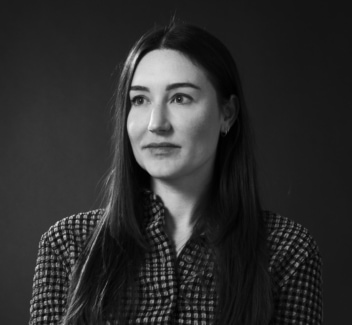
Lauwri De Pater
One-semester art exchange programmes
Are you excited to study abroad during one semester?
